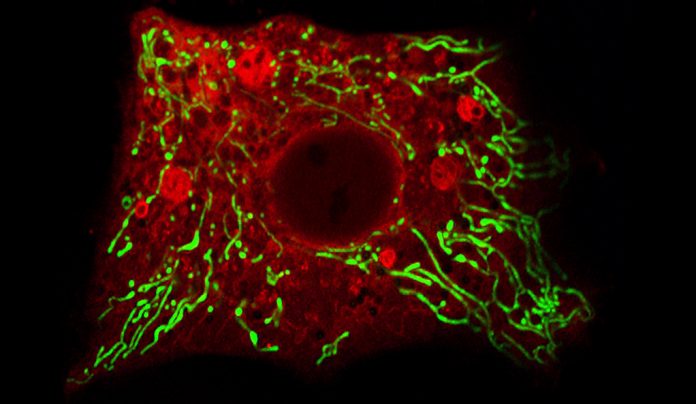Many health problems in the developed world stem from the disruption of a delicate metabolic balance between glucose production and energy utilization in the liver. Now Yale scientists report March 4 in the journal Nature that they have discovered the molecular mechanisms that trigger metabolic imbalance between these two distinct but linked processes, a finding with implications for the treatment of diabetes and non-alcoholic fatty liver disease (NAFLD).
The hormone glucagon, secreted by the pancreas, plays an essential role in metabolism. In times of food scarcity, it can jump-start the liver’s production of glucose, an essential fuel for the brain, in a process called gluconeogenesis. In diabetes, which is marked by an excess of blood sugar, this process is disrupted.
Now a Yale team led by senior author Gerald Shulman and first author Rachel Perry, both endocrinologists, report that they have discovered how glucagon maintains metabolic balance between the production and use of energy in the liver.
“By applying novel methods to assess liver metabolism we were able to delineate the molecular mechanisms by which glucagon works,” said Shulman, who is the George R. Cowgill Professor of Medicine and professor of cellular and molecular physiology.
Perry is assistant professor of cellular & molecular physiology and medicine.
Researchers have previously focused on glucagon in attempts to reduce elevated blood sugar in diabetes. But those experimental treatments led to potentially serious side effects, including buildup of liver enzymes indicating fatty liver disease.
The new research zeroed in on the role of calcium signaling within the mitochondria, the cell’s energy-producing factory.
The authors discovered that a protein called inositol triphosphate receptor 1 (INSP3R1) regulates both gluconeogenesis and fat oxidation in the liver in response to glucagon. The group found that INSP3R1 influences gluconeogenesis by regulating calcium signaling within the cell and fat oxidation by influencing calcium signaling within the mitochondria.
“We identified mitochondrial calcium transport as a potential target to promote the good effects of glucagon to promote mitochondrial fat oxidation in the liver and reverse NAFLD without the bad effects of stimulating gluconeogenesis,” Perry said.
When obese rodents were treated chronically with glucagon, the hormone reversed NAFLD and improved the body’s response to insulin. However, when obese mice without INSP3R1 were chronically treated with glucagon, the hormone had no effect.
“These results provide new insights into glucagon biology and suggest that mitochondrial calcium transport, mediated by INSP3R1, may represent a novel target for therapies that aim to reverse NAFLD and type 2 diabetes,” the authors conclude.
The work was primarily funded by the National Institutes of Health.




